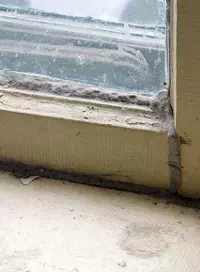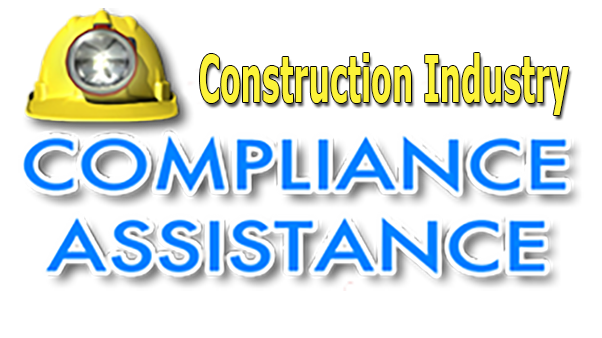
PCBs in Caulk in Older Buildings
 On September 25, 2009, the U.S. Environmental Protection Agency announced a series of steps that building owners and school administrators should take to reduce exposure to PCBs that may be found in caulk in many buildings constructed or renovated between 1950 and 1978.
On September 25, 2009, the U.S. Environmental Protection Agency announced a series of steps that building owners and school administrators should take to reduce exposure to PCBs that may be found in caulk in many buildings constructed or renovated between 1950 and 1978.
Polychlorinated biphenyls, or PCBs, are man-made chemicals that persist in the environment and were widely used in construction materials and electrical products prior to 1978. PCBs can affect the immune system, reproductive system, nervous system and endocrine system and are potentially cancer-causing if they build up in the body over long periods of time.
Although this is a serious issue, the potential presence of PCBs in buildings should not be a cause for alarm. If buildings were erected or renovated between 1950 and 1978, EPA recommends that owners implement steps to minimize exposure to potentially contaminated caulk in the following ways:
- Cleaning air ducts
- Improving ventilation by opening windows and using or installing [exhaust] fans where possible
- Cleaning frequently to reduce dust and residue inside buildings
- Using a wet or damp cloth or mop to clean surfaces
- Do not sweep with dry brooms in areas near potential PCB-containing caulk; minimize the use of dusters
- Using vacuums with high efficiency particulate air filters
- Washing hands with soap and water often, particularly before eating and drinking
- Washing children’s toys often
For more information about PCB-containing caulk, visit https://www.epa.gov/large-scale-residential-demolition/pcbs-caulk-and-residential-demolition
More Resources
Guidance for PCBs in Construction Materials (EPA). This site provides an official EPA position regarding PCB contaminated building materials. The interpretation specifically addresses the definitions of bulk product waste (e.g., PCB contaminated caulk or paint) and remediation waste (e.g., PCB contaminated masonry or concrete). This distinction is important as it determines the appropriate cleanup requirements and disposal options.
PCB Caulk Abatement Strategy (EPA). This document outlines the three basic steps for abatement of PCB-containing caulk: (1) Prepare and abatement strategy, (2) Conduct removal and abatement activities, and (3) Handling, storage and disposal of wastes construction wastes.
PCB-Containing Fluorescent Light Ballasts (FLBs) in School Buildings (EPA). This website provides information to building owners or operators, school administrators and maintenance personnel on the hazards posed by PCB-containing FLBs, how to properly handle and dispose of these items, and how to properly retrofit the lighting fixtures in buildings such as schools to remove potential PCB hazards.
Handling PCBs in Caulk During Renovation. Useful fact sheet for contractors.
